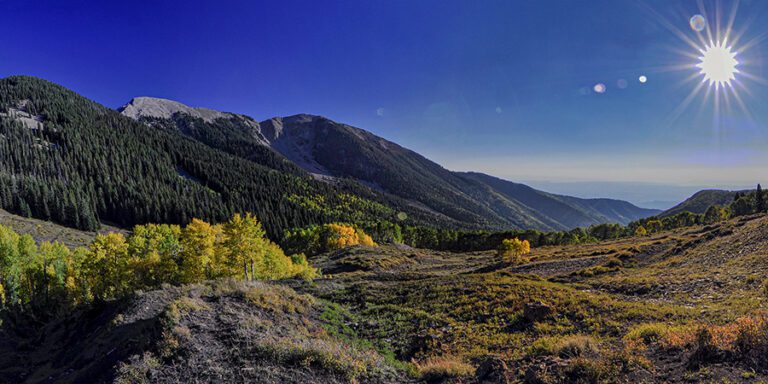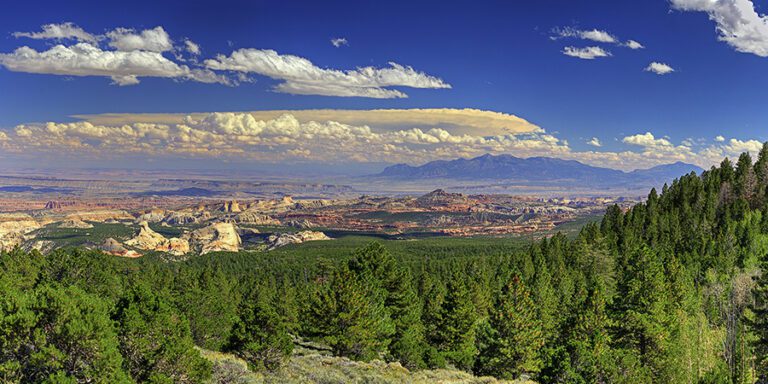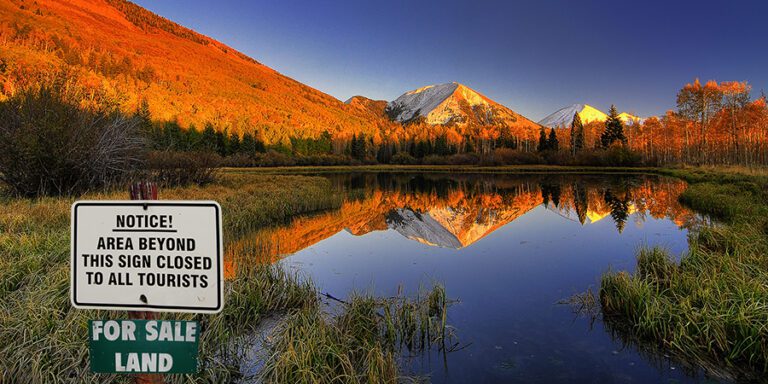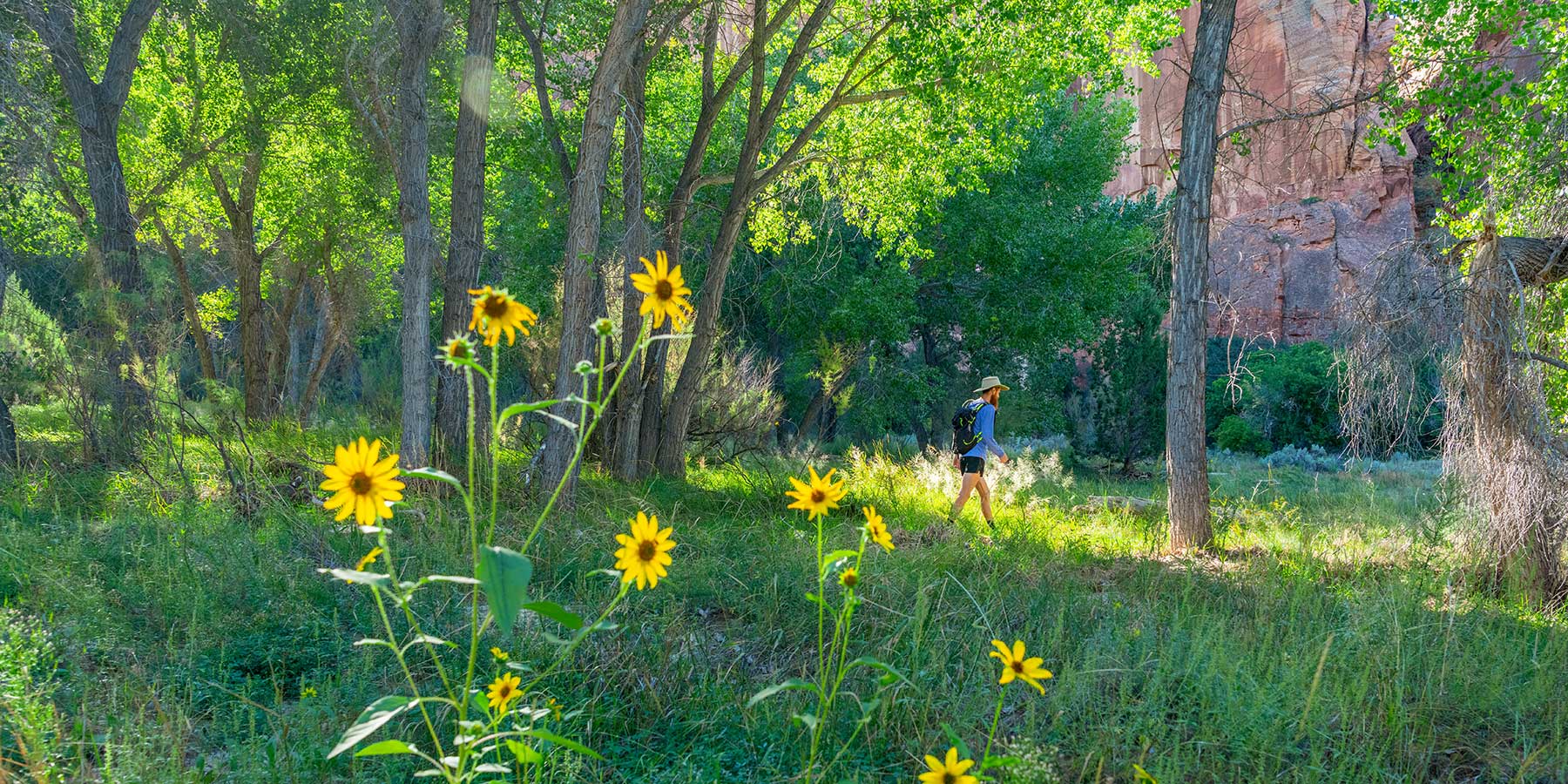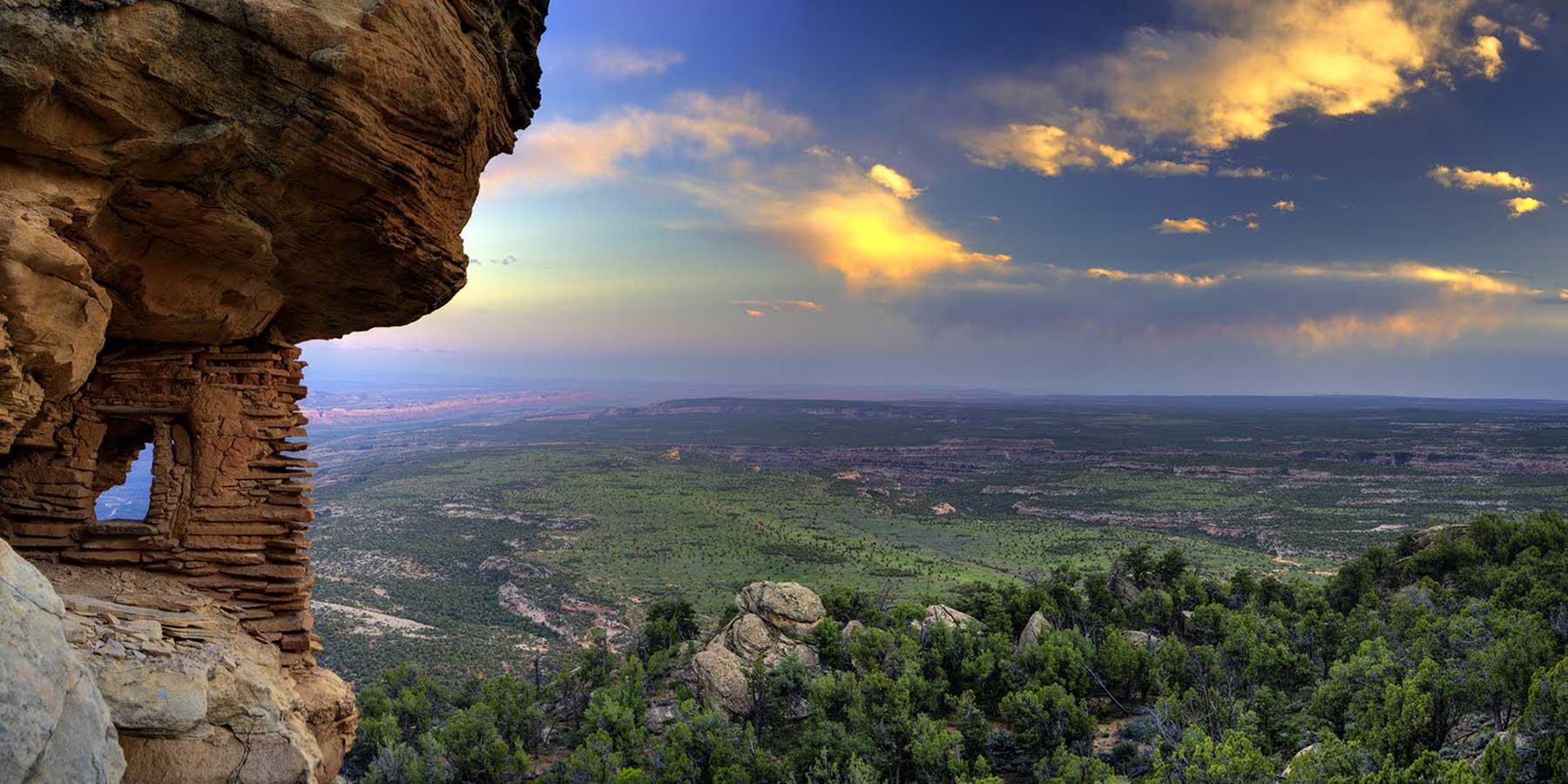
Our work
Colorado Plateau National Monuments
Advocating for better protections for national monuments on the Colorado Plateau
National monuments on the Colorado Plateau protect an incredible heritage of cultural and natural history.
We advocate for the proper care of plants, animals, and waters within our national monuments on the Colorado Plateau. We also support Native nations and Indigenous peoples in their efforts to work alongside federal agencies to manage national monuments on their ancestral lands.
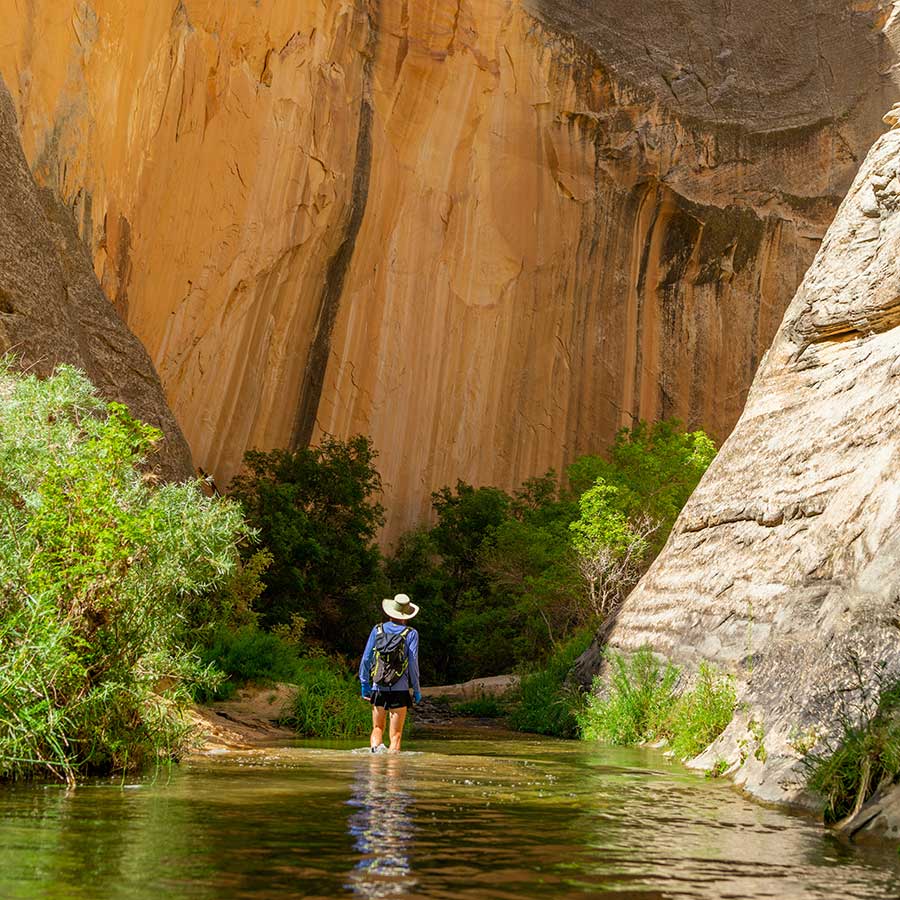
Where we work National monuments on the Colorado Plateau
The Colorado Plateau is home to 26 national monuments that protect lava flows, dinosaur fossils, sandstone bridges, Ancestral Puebloan villages, tribes’ homelands, and more.
They range in size from a few dozen acres to nearly 2 million acres.
We focus our work in three national monuments
The Grand Canyon Trust focuses our national monuments work in three monuments where we helped gain protections: Grand Staircase-Escalante National Monument, Bears Ears National Monument, and Baaj Nwaavjo I’tah Kukveni – Ancestral Footprints of the Grand Canyon National Monument.
Learn about our work in each
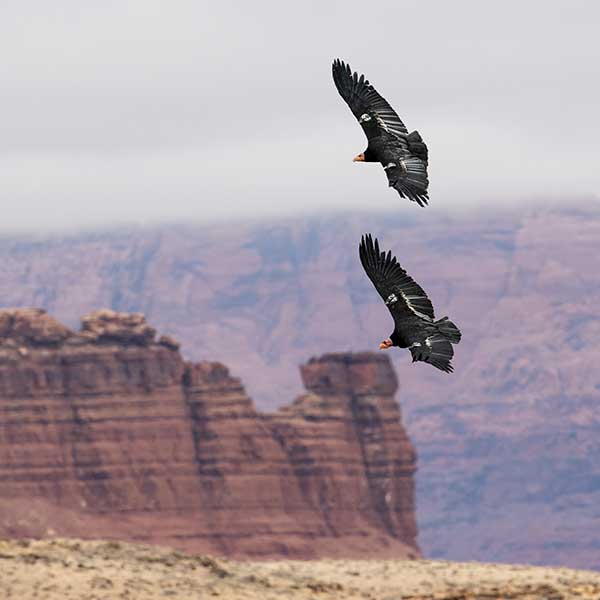
Baaj Nwaavjo I’tah Kukveni
Baaj Nwaavjo I’tah Kukveni national monument spans tribes’ ancestral homelands north and south of Grand Canyon National Park.
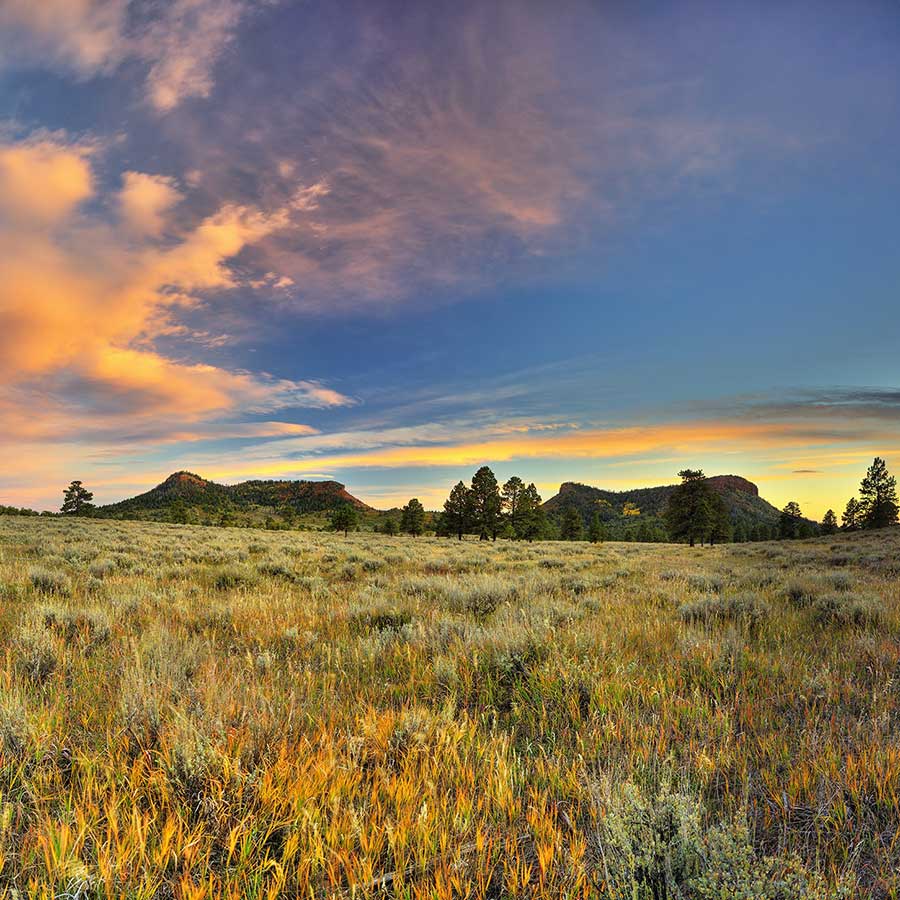
Bears Ears
Bears Ears National Monument is a living cultural landscape for many tribes and home to cliff dwellings, petroglyphs, pictographs, and more.
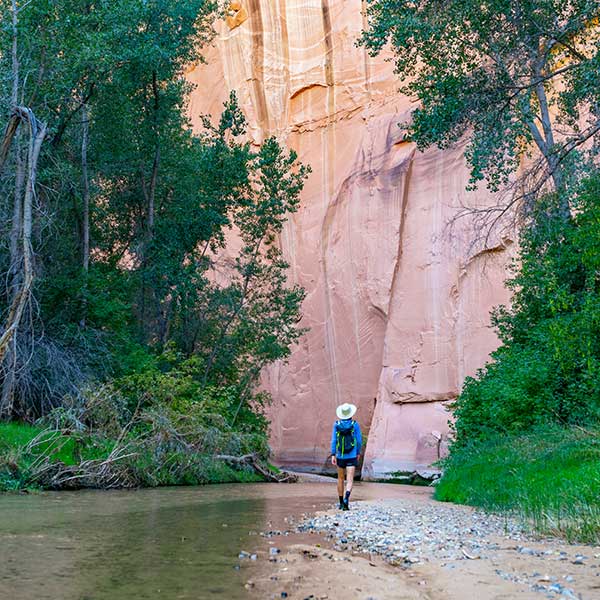
Grand Staircase-Escalante
Grand Staircase-Escalante National Monument protects vast expanses of twisty slot canyons, cultural sites, and desert creeks and streams.
Who designates national monuments?
Presidents designate national monuments using a tool called the Antiquities Act.
This law gives presidents the authority to protect lands, waters, cultural sites, geologic formations, and more through presidential proclamation. Since 1906, presidents of both parties have used the Antiquities Act to designate monuments. In the last decade, local input and community involvement have become prerequisites for national monument designations.
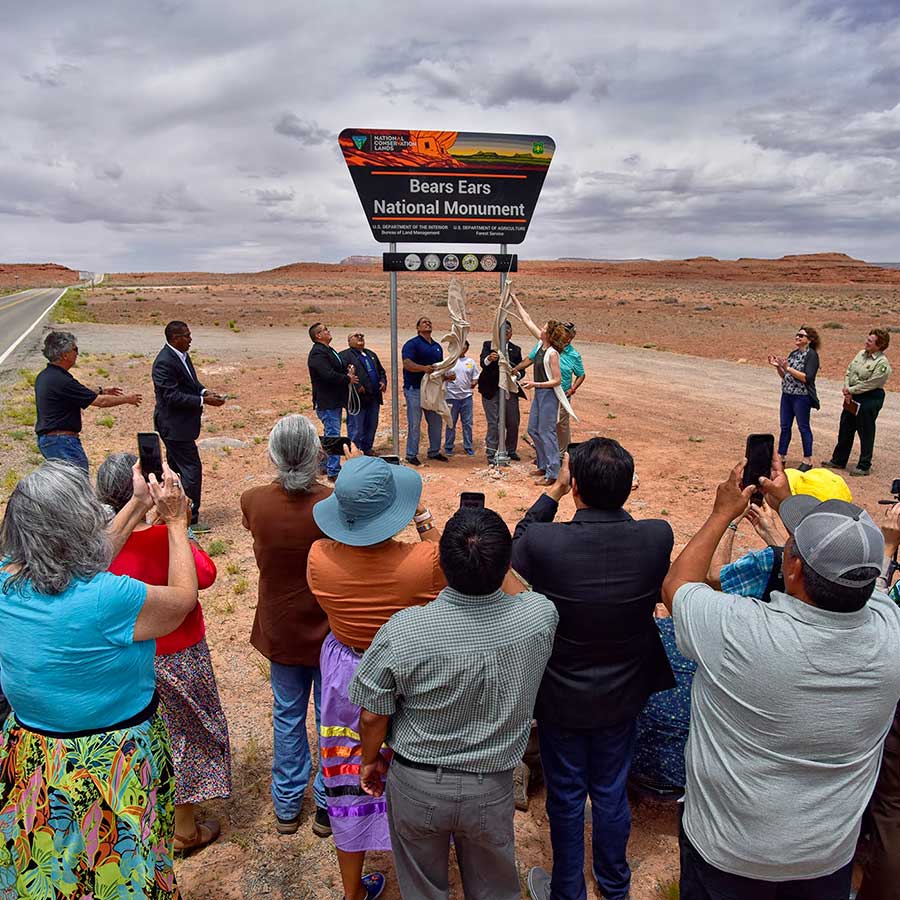
A new chapter for national monuments
Tribal leadership and vision in our national monuments
National monuments aren’t just protection tools; they are ways to honor the original stewards from whom the land was taken.
Though long overdue, tribes are taking seats next to federal agencies and collaborating on the management and care of national monuments.
Americans overwhelmingly support national monuments
Voters on the Colorado Plateau agree. We want our country’s natural and cultural heritage protected for future generations.
I care about national monuments
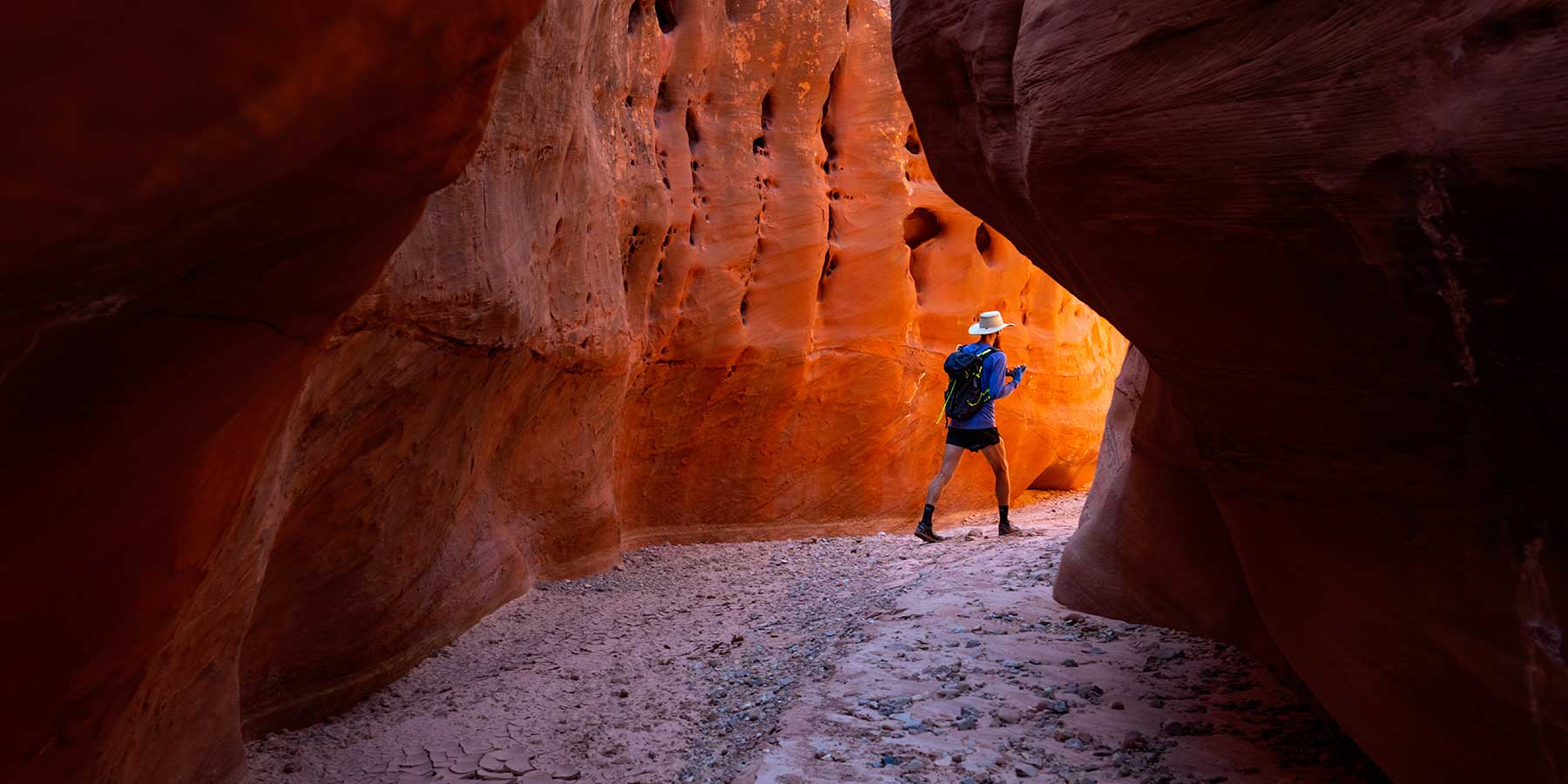
Experience the Colorado Plateau’s national monuments
Plan a trip to one of the Colorado Plateau’s 26 national monuments, and see firsthand why they deserve protection.
Understanding national monument designations
How are national monuments different than national parks?
The primary difference between national parks and national monuments is how they are designated. Congress designates national parks, and the president can designate national monuments through presidential proclamation.
Who manages national monuments?
Many different federal agencies, including the National Park Service, Bureau of Land Management, Forest Service, and Fish and Wildlife Service, manage national monuments.
What activities are allowed in national monuments?
National monuments are managed under a “multiple-use” mandate; many different natural resource uses are allowed.
Traditional gathering and livestock grazing still occur across national monuments on the Colorado Plateau, and monument proclamations mandate that these existing uses continue. Just as before monument designation, livestock grazing is managed via a public lands permit system.
Traditional plant and firewood gathering is also protected under most national monument designations and is an explicit component of the Bears Ears proclamation.
Recreational uses like camping, hiking, horse riding, biking, and off-road vehicle use are also usually permitted.
Importantly, we all have the opportunity to have a say in the development of monument management plans, which guide resource uses and help protect these natural and cultural landscapes for future generations.
National monuments blog
